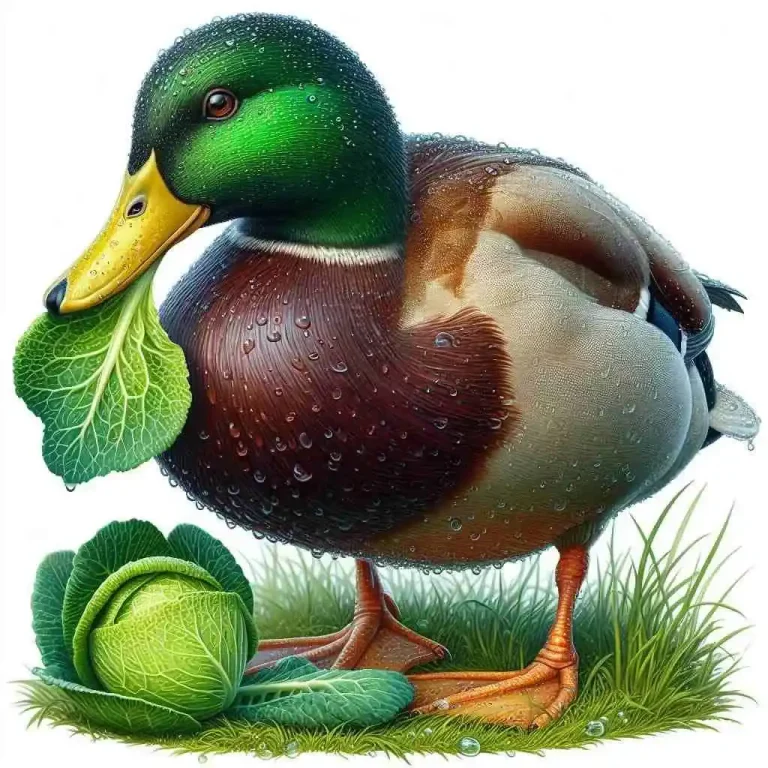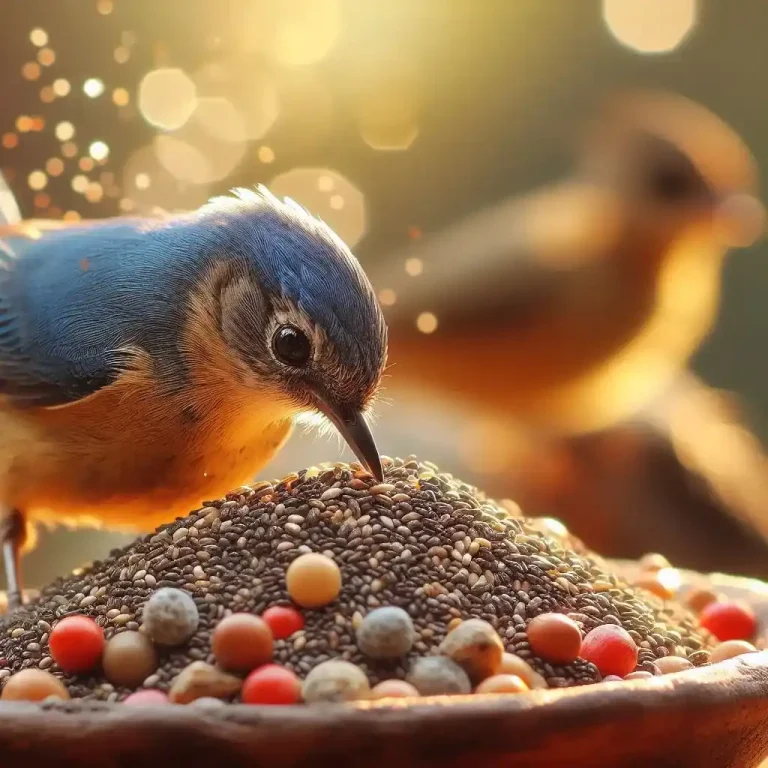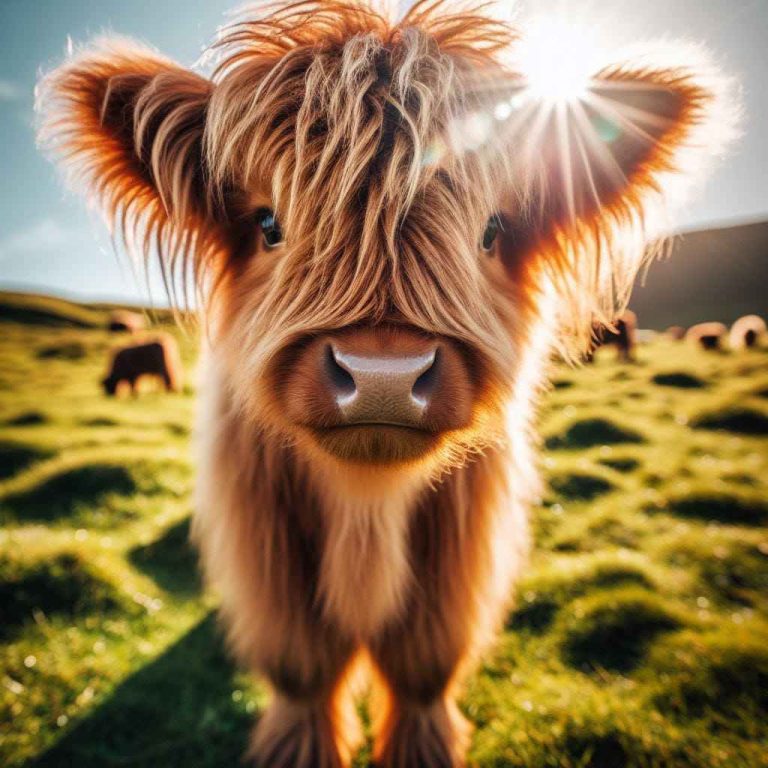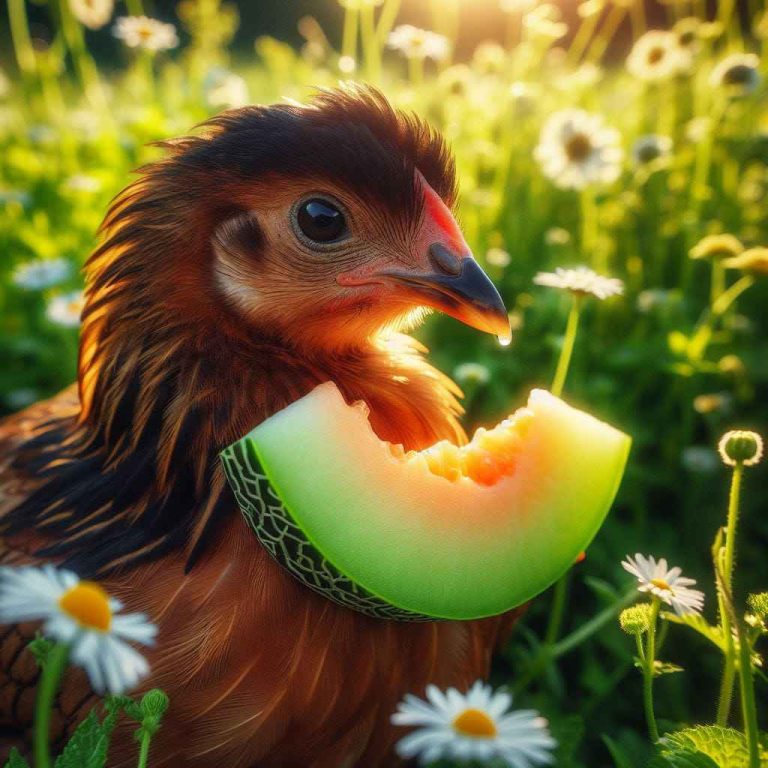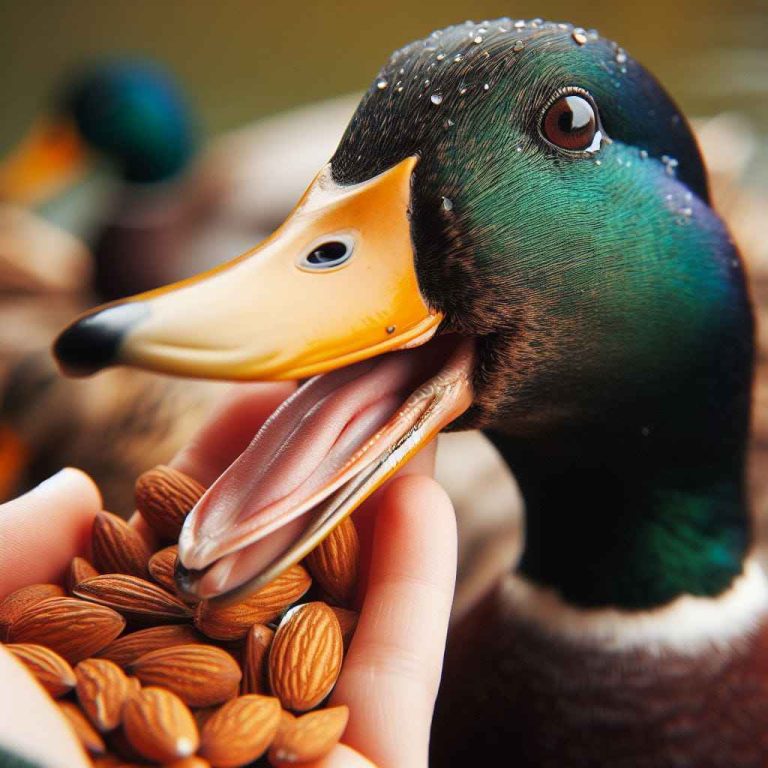Black Copper Marans

Black Copper Marans Rich Heritage and Distinctive Qualities
The Black Copper Maran is a poultry breed celebrated for its beautiful dark plumage, robust build, and exceptional egg-laying capabilities. Originating from the Marans region of France, these chickens have gained popularity for their unique appearance and versatility.
Distinctive Appearance:
Black Copper Marans are known for their striking appearance, characterized by deep, iridescent black feathers with copper or reddish highlights. They have a robust and well-proportioned build, showcasing their heritage as dual-purpose birds.
Egg Color and Quality:
One of the most notable features of Black Copper Marans is their ability to lay dark brown eggs. The egg color can range from a rich chocolate brown to a deep mahogany hue. These eggs are highly sought after for their unique color and are often prized by backyard poultry keepers and chefs alike.
Dual-Purpose Utility:
Black Copper Marans are considered dual-purpose birds, meaning they are suitable for both meat and egg production. While their egg-laying capabilities are impressive, their meat quality is also appreciated by those seeking a flavorful and succulent poultry option.
Hardiness and Temperament:
These chickens are known for their hardiness, making them well-suited for various climates. They adapt to both free-range and confined living environments. Additionally, they tend to have calm and friendly temperaments, making them a favorite among backyard poultry enthusiasts.
Heritage Breed:
As a heritage breed, the Black Copper Maran carries a sense of history and tradition. Originally developed in the French Marans region, these chickens have retained their unique qualities over the years, contributing to their appeal among those interested in preserving traditional poultry breeds.
Diet and Care:
Providing a balanced and nutritious diet is essential for the health and well-being of Black Copper Marans. High-quality poultry feed supplemented with fresh fruits, vegetables, and access to clean water supports their overall vitality.
Broodiness:
Black Copper Marans can exhibit broodiness, with some hens showing a tendency to sit on and hatch eggs. This broodiness can be advantageous for those interested in natural incubation and raising chicks.
Feathered Shanks:
A distinctive feature of the breed is the presence of feathers on their shanks and toes, adding to their overall unique appearance. This trait is a characteristic feature of many Marans varieties.
Whether kept for their dark brown eggs, dual-purpose utility, or heritage charm, Black Copper Marans continue to captivate poultry enthusiasts with their distinct qualities and rich history. Their unique combination of aesthetics and functionality makes them a valuable addition to diverse flocks.
French Black Copper Marans vs. Black Copper Marans: Unraveling the Distinctions
The terms “French Black Copper Marans” and “Black Copper Marans” are often used interchangeably, but there are subtle differences that can impact the characteristics of these poultry breeds. Let’s explore the distinctions:
Origins and Heritage:
The primary difference lies in the geographical origin. The term “French Black Copper Marans” specifically denotes birds that adhere to the French standard and originate from the Marans region in France. On the other hand, “Black Copper Marans” may refer to birds that adhere to a similar standard but could be bred outside of France.
Conformation to French Standards:
French Black Copper Marans strictly adhere to the standards set by French poultry organizations. This includes specific criteria related to plumage color, leg feathering, body conformation, and, notably, the color intensity of their dark brown eggs. Black Copper Marans bred outside of France may follow the same standards, but the strict adherence to French standards may vary.
Egg Color Intensity:
The French Black Copper Marans are renowned for their exceptionally dark brown eggs. The French standards place a strong emphasis on achieving a specific intensity of egg color. While Black Copper Marans bred outside of France may still produce dark brown eggs, the intensity might not be as strictly regulated.
Breeding Practices:
French Black Copper Marans are often bred with a focus on preserving the breed’s heritage and adhering to the traditional French standards. Breeders outside of France may have slightly different breeding goals, emphasizing specific traits that suit local preferences or climate conditions.
Recognition and Shows:
In poultry shows and exhibitions, French Black Copper Marans may be judged according to French standards, and their achievements may be recognized in that context. Black Copper Marans bred outside of France may participate in different poultry events with their own sets of standards and recognition.
Availability and Popularity:
French Black Copper Marans, being directly tied to their French heritage, may be less widespread due to potential import restrictions and breeding practices. Black Copper Marans bred in other countries may be more readily available in those regions, contributing to their popularity in local poultry communities.
In summary, while both “French Black Copper Marans” and “Black Copper Marans” refer to the same breed, the distinction lies in their adherence to French standards, origin, and intensity of egg color. The term “French” specifically highlights a commitment to preserving the breed’s traditional characteristics as outlined by French poultry organizations.
Black Copper Marans Egg Production: A Blend of Quality and Quantity
Black Copper Marans are renowned for their exceptional egg-laying capabilities, producing eggs of a distinctive dark brown color. Here are key aspects of Black Copper Marans egg production:
Egg Color:
The hallmark of Black Copper Marans eggs is their rich, dark brown color. The intensity of the egg color is one of the breed’s most distinctive features. The eggs can range from a deep chocolate brown to a striking mahogany hue.
Egg Size:
Black Copper Marans typically lay medium to large-sized eggs. The size of the eggs can vary among individual hens but generally falls within the range expected for standard-sized chicken breeds.
Egg Production Quantity:
While Black Copper Marans are not the most prolific egg layers compared to some commercial breeds, they exhibit a commendable level of egg production. On average, a healthy and well-maintained Black Copper Marans hen can lay around 150 to 200 eggs per year.
Broodiness and Hatching:
Black Copper Marans hens can display broody behavior, indicating a natural inclination to sit on and hatch eggs. This broodiness can be advantageous for those interested in natural incubation and raising chicks. However, it can also influence the overall egg-laying frequency.
Environmental Factors:
The environment in which Black Copper Marans are raised can influence their egg production. Factors such as diet, access to clean water, proper shelter, and exposure to natural light contribute to the overall well-being and reproductive health of the hens.
Seasonal Variations:
Like many chicken breeds, Black Copper Marans may exhibit seasonal variations in egg production. Hens may lay more consistently during favorable seasons and may experience a decrease during colder months or extreme heat.
Nutrition and Diet:
Providing a well-balanced and nutritious diet is essential for optimal egg production. High-quality poultry feed supplemented with minerals, vitamins, and access to fresh greens contributes to the overall health and egg-laying capacity of Black Copper Marans.
Egg Quality:
Beyond their unique color, Black Copper Marans eggs are appreciated for their excellent quality. The yolks are often richly colored, and the eggs are favored by culinary enthusiasts, chefs, and those who appreciate the distinctive qualities of farm-fresh eggs.
Caring for Black Copper Marans: A Guide to Happy and Healthy Chickens
Caring for Black Copper Marans involves providing them with the right environment, nutrition, and attention to ensure their well-being. Here’s a comprehensive guide to caring for these unique and charming chickens:
Proper Shelter:
Provide a secure and well-ventilated coop for Black Copper Marans, ensuring protection from predators and extreme weather conditions. Adequate roosting space and nesting boxes are essential for their comfort and egg-laying needs.
Nutritious Diet:
Feed Black Copper Marans a balanced and high-quality poultry feed suitable for laying hens. Ensure the feed contains essential nutrients like protein, vitamins, and minerals. Supplement their diet with fresh fruits, vegetables, and access to clean water.
Free-Range Opportunities:
If possible, allow Black Copper Marans access to a safe and secure outdoor area for free-ranging. This not only provides them with opportunities to forage and explore but also contributes to their overall mental and physical well-being.
Egg Collection and Management:
Regularly collect eggs from the nesting boxes to prevent broodiness and encourage consistent egg production. Maintain clean and comfortable nesting areas to ensure the quality of the eggs and reduce the risk of breakage.
Health Monitoring:
Monitor the health of Black Copper Marans regularly. Keep an eye on their behavior, check for signs of illness, and inspect their plumage. Address any concerns promptly and seek veterinary advice if needed. Implement a regular deworming and parasite control program.
Dust Bathing Areas:
· Provide designated dust bathing areas filled with fine sand or dust. Black Copper Marans, like many chicken breeds, enjoy dust bathing to maintain their plumage and skin health. This natural behavior helps control mites and keeps them clean.
Grooming and Feather Maintenance:
Due to their feathered shanks and unique plumage, Black Copper Marans may require occasional grooming. Inspect their feathers for debris and gently separate any tangles. Trimming feathers around the vent area can help maintain cleanliness.
Broodiness Management:
Manage broodiness if you do not intend to hatch eggs. Remove eggs promptly from the nesting boxes, discourage prolonged sitting on eggs, and provide distractions to prevent excessive broodiness.
Social Interaction:
Black Copper Marans generally have calm and friendly temperaments. Ensure they have social interaction with each other and with you. Introduce new birds gradually to avoid stress and conflicts within the flock.
Environmental Enrichment:
Enrich the environment with perches, toys, and other stimulating elements. This helps prevent boredom and encourages natural behaviors, contributing to the overall mental and physical health of Black Copper Marans.
**11. Routine Veterinary Check-ups: – Schedule regular veterinary check-ups to monitor the health of Black Copper Marans. Discuss vaccinations, preventive measures, and any specific health concerns with a poultry veterinarian.
By providing proper shelter, a nutritious diet, regular health monitoring, and environmental enrichment, you can ensure that Black Copper Marans thrive and contribute to a vibrant and happy backyard flock. Their unique qualities make them a delightful addition to poultry enthusiasts seeking a versatile and visually striking breed.
Health Issues and Care for Black Copper Marans: Prioritizing Well-being
Ensuring the health and well-being of Black Copper Marans involves vigilant care, preventive measures, and prompt attention to any signs of illness. Here’s a guide to common health issues and the essential care required for these distinctive chickens.
Respiratory Issues:
Symptoms: Labored breathing, sneezing, nasal discharge.
· Care: Provide a well-ventilated and clean environment. Quarantine sick birds, and consult with a veterinarian for respiratory infections. Dust-free bedding and good air circulation are crucial.
Parasites (External and Internal):
Symptoms: Feather loss, lethargy, pale comb, visible parasites.
Care: Implement a regular deworming program, keep the coop and surroundings clean, and provide dust baths. Consult with a veterinarian for suitable parasite control methods.
Egg Laying Issues:
Symptoms: Soft-shelled eggs, egg binding.
Care: Ensure a balanced diet with adequate calcium. Provide access to crushed oyster shells for additional calcium intake. Monitor for signs of egg binding and seek veterinary assistance if necessary.
Coccidiosis:
Symptoms: Diarrhea, lethargy, reduced feed consumption.
Care: Maintain a clean coop, practice good hygiene, and consider preventive measures such as medicated feed. Treat affected birds promptly with veterinarian-prescribed medications.
Vent Gleet:
Symptoms: Foul-smelling vent, difficulty passing droppings.
Care: Maintain cleanliness in the coop, provide a balanced diet, and ensure proper ventilation. Consult with a veterinarian for appropriate treatment, which may include antifungal medications.
Egg Peritonitis:
Symptoms: Swollen abdomen, lethargy, difficulty walking.
Care: Seek immediate veterinary attention. Treatment may involve draining accumulated fluid, providing antibiotics, and addressing the underlying cause.
Marek’s Disease:
Symptoms: Paralysis, weight loss, vision impairment.
Care: Vaccination is a preventive measure. Practice biosecurity to reduce the risk of exposure. Affected birds may need to be culled to prevent the spread of the disease.
Foot and Leg Issues:
Symptoms: Lameness, swelling, difficulty walking.
Care: Provide a clean and dry environment, inspect for injuries, and monitor for signs of bumblefoot or leg mites. Seek veterinary advice for proper treatment.
Heat Stress:
Symptoms: Panting, lethargy, wings held away from the body.
Care: Ensure adequate shade and ventilation. Provide cool water and consider using fans or misters during extreme heat. Adjust the coop environment to minimize heat stress.
Injuries and Pests:
Symptoms: Visible injuries, behavioral changes. – Care: Inspect the flock regularly for injuries. Address any wounds promptly, and implement measures to prevent predator attacks. Use appropriate pest control methods to minimize risks.
Routine Veterinary Check-ups:
Care: Schedule regular veterinary check-ups to monitor the overall health of Black Copper Marans. Discuss vaccination schedules, preventive care, and any specific health concerns with a poultry veterinarian.
By staying attentive to the health needs of Black Copper Marans and implementing preventive measures, you can foster a thriving and resilient flock. Regular observation, hygiene practices, and prompt veterinary care contribute to the overall well-being of these unique and charming chickens.
Breeding Black Copper Marans: A Comprehensive Guide to Success
Breeding Black Copper Marans involves careful planning, selecting quality breeding stock, and maintaining optimal conditions for successful reproduction. Here’s a step-by-step guide to breeding these unique and desirable chickens:
Selecting Breeding Stock:
Choose healthy and genetically sound breeding stock with desirable traits such as dark plumage, feathered shanks, and conformity to breed standards. Look for birds with good egg-laying abilities and overall vigor. Avoid breeding closely related individuals to minimize the risk of genetic disorders.
Optimal Breeding Age:
Introduce breeding stock when they reach maturity, typically around 6 to 8 months of age. This ensures that the birds are physically mature and ready for reproduction.
Creating the Right Environment:
Provide a clean and spacious breeding environment within the coop. Ensure comfortable nesting boxes with clean bedding for egg-laying. Maintain proper ventilation and temperature to create a stress-free environment for optimal breeding conditions.
Monitoring Egg Production:
Regularly monitor egg production to track each hen’s laying patterns. Note the egg color, size, and overall quality. Collect eggs promptly to prevent breakage and ensure that eggs for incubation are fresh.
Incubation or Broody Hen:
Decide whether you will use an incubator or let a broody hen handle the incubation process. If using an incubator, follow manufacturer guidelines for temperature and humidity. If using a broody hen, provide a secluded and comfortable nesting area.
Incubation Period:
The incubation period for Black Copper Marans eggs is approximately 21 days. Maintain stable conditions during this period, and turn the eggs regularly if using an incubator. If a broody hen is used, allow her to manage the turning naturally.
Chick Care:
Once chicks hatch, provide a warm and secure brooding area. Ensure access to chick starter feed and clean water. Monitor the chicks for signs of health issues and address any concerns promptly.
Genetic Diversity:
Maintain genetic diversity within the flock by periodically introducing new bloodlines. This helps prevent inbreeding and contributes to the overall health and vigor of the breed.
Culling and Selection:
· Evaluate chicks based on conformity to breed standards, health, and temperament. Cull birds that do not meet the desired criteria to maintain the quality of the breeding stock. Select replacement breeders from the best-performing individuals.
Record Keeping: – Maintain detailed records of breeding pairs, hatch dates, and any relevant observations. This helps track the lineage, assess breeding outcomes, and make informed decisions for future breeding endeavors.
Health Maintenance: – Prioritize the health of breeding stock by providing a balanced diet, regular veterinary check-ups, and preventive care. Address any health issues promptly to ensure the well-being of both parent birds and offspring.
Socialization:
Allow chicks to socialize with adult birds under supervision. This helps them integrate into the flock and learn essential behaviors from experienced individuals.
By following these steps and continuously refining breeding practices, you can contribute to the preservation and improvement of the Black Copper Marans breed. Diligent care, selective breeding, and attention to genetic diversity are key factors in ensuring a successful and sustainable breeding program.
Pros and Cons of Raising Black Copper Marans: A Balanced Perspective
Pros:
Distinctive Aesthetics:
Pro: Black Copper Marans are admired for their striking appearance, featuring dark plumage, feathered shanks, and a unique overall charm. Their dark brown eggs add an additional aesthetic appeal.
Dual-Purpose Utility:
Pro: These chickens are dual-purpose, excelling in both meat production and egg-laying. Their ability to provide high-quality eggs and flavorful meat makes them a valuable addition to small-scale farms.
Egg Quality:
Pro: Black Copper Marans are known for laying dark brown eggs with rich yolks. The eggs are favored by enthusiasts and chefs alike for their culinary qualities.
Hardiness and Adaptability:
Pro: The breed is generally hardy and adaptable to various climates. With proper care, Black Copper Marans can thrive in different environments, making them suitable for backyard flocks and small farms.
Broodiness:
Pro: Black Copper Marans hens may exhibit broody behavior, which can be advantageous for those interested in natural incubation and raising chicks. This maternal instinct can contribute to the sustainability of the flock.
Heritage Breed Status:
Pro: Black Copper Marans are recognized as a heritage breed, contributing to efforts to preserve traditional poultry genetics. Breeding and raising them support the conservation of a valuable piece of agricultural heritage.
Cons:
Limited Egg Production:
Con: Compared to some commercial egg-laying breeds, Black Copper Marans may have a lower overall egg production. If the primary goal is maximum egg output, other breeds might be more suitable.
Selective Breeding Challenges:
Con: Achieving consistent conformity to breed standards, especially regarding egg color and plumage, can be challenging. Selective breeding requires careful attention to genetics and culling of individuals that do not meet desired criteria.
Space Requirements:
Con: The feathered shanks of Black Copper Marans may require additional attention to cleanliness. Providing sufficient space and maintaining a clean environment helps prevent issues related to damp or dirty feathers.
Incubation Challenges:
Con: Hatching Black Copper Marans eggs can be challenging for beginners due to the longer incubation period and potential variability in hatch rates. Proper incubation techniques and equipment are crucial for successful hatching.
Predator Vulnerability:
Con: Like many chicken breeds, Black Copper Marans are vulnerable to predators. Adequate measures, such as secure coops and fencing, are necessary to protect them from potential threats.
Market Demand for Dark Eggs:
Con: While the dark brown eggs are a unique feature, market demand for specific egg colors may vary. Farmers interested in selling eggs should assess local preferences and market demands.
In summary, raising Black Copper Marans offers a combination of aesthetic appeal, dual-purpose utility, and contributions to heritage breed conservation. However, potential challenges in egg production, breeding, and space requirements should be considered alongside the numerous advantages of keeping this distinctive breed.
FAQs
Yes, Black Copper Marans are well-suited for backyard flocks. They have a friendly temperament, unique appearance, and dual-purpose utility, making them a popular choice among small-scale poultry enthusiasts.
The dark brown color of Black Copper Marans’ eggs is a result of genetics. The breed carries a gene that enhances the intensity of brown pigments in the eggshell, resulting in eggs ranging from deep chocolate brown to mahogany.
To keep the feathered shanks clean, provide a well-maintained and spacious coop with dry bedding. Regularly inspect and clean the shanks if needed. Avoid damp or muddy conditions that may lead to feather issues.
Breeding Black Copper Marans can pose challenges in achieving consistent conformity to breed standards, especially regarding egg color and plumage. Selective breeding, genetic management, and attention to desired traits are crucial for success.
Yes, Black Copper Marans are known for their adaptability to various climates. With proper care and suitable housing, they can thrive in different environments. However, protection from extreme weather conditions is essential for their well-being.


